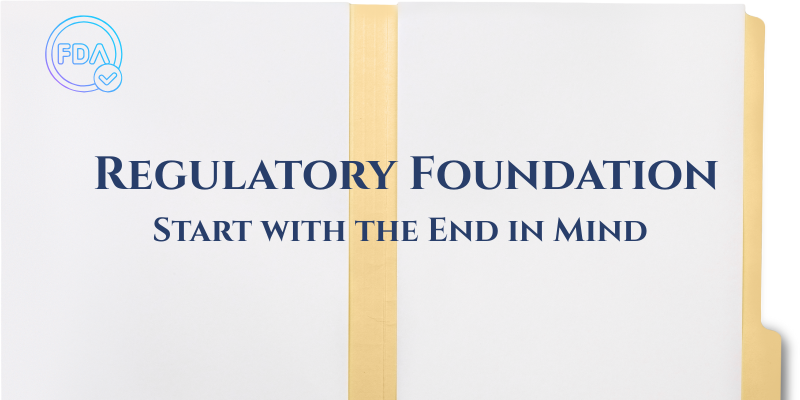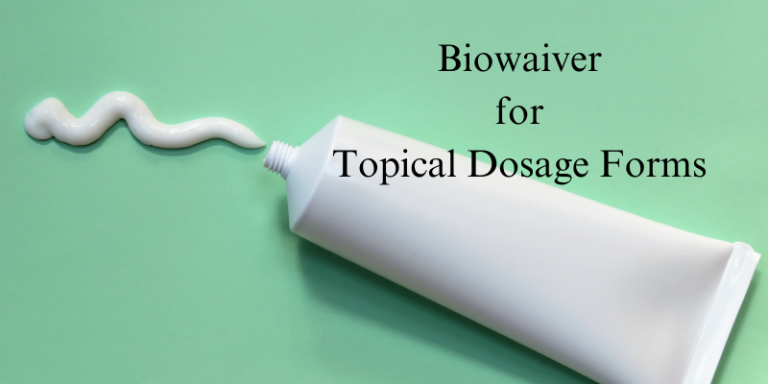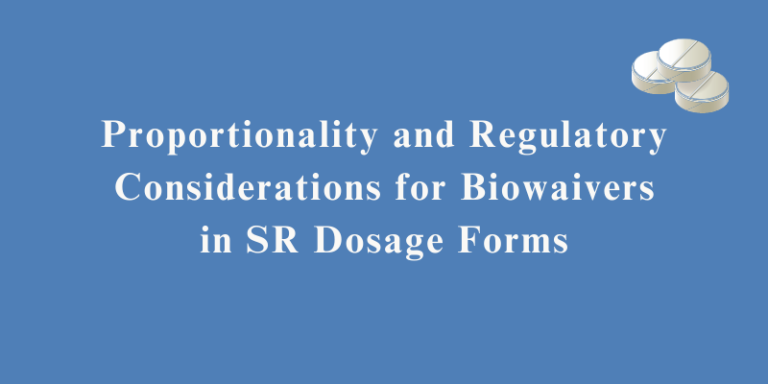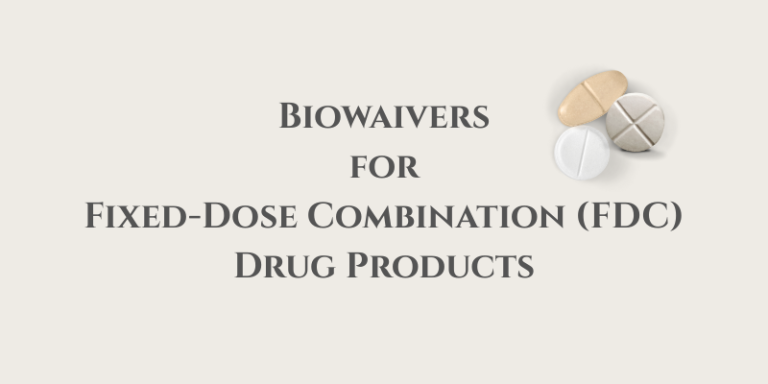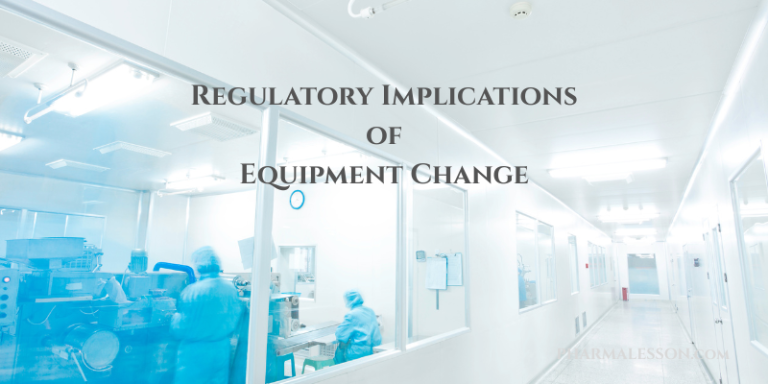Regulatory Foundation | Start with the End in Mind
In generic drug development, technical skills alone are not enough. What truly ensures timely success is strong regulatory planning—right from Day 1.
Before you even begin pre-formulation work or touch any excipient, you must sit with your Regulatory Affairs team and carefully plan how the product will be registered. This includes understanding FDA requirements, patent status, packaging sizes, and submission format. If this part is ignored or delayed, it can lead to costly rework or rejection—even after full development.
Here are 5 simple but powerful checkpoints to follow before entering the lab:
1. Is the RLD (Reference Listed Drug) clearly identified and available?
Without this, comparison and BE study planning cannot begin.
2. Has the patent and exclusivity period expired or nearing expiry?
Otherwise, you may not even be allowed to market the product.
3. Are all your DMF numbers in place?
For API, excipients, packaging—if your source isn’t registered, your dossier is incomplete.
4. Have you collected and reviewed the latest innovator insert?
Label content must match or justify deviations—this affects acceptance.
5. Have you studied all 22 ANDA sections and related SOPs?
If not, you may end up missing crucial documents or data.
This is not just formal work—it is the foundation of your product’s future.
The key message here:
- If your end goal (final submission) is not clear before development begins, then your chances of success reduce significantly.
- Take your Regulatory Affairs team seriously. Involve them early.
- Let them guide your roadmap, so that your formulation is aligned with real-world regulatory expectations.
Remember: Good planning saves months. Poor planning wastes years.
Read also:
- Purpose of Regulatory Submission and Review
- 10 Good Regulatory Practices for Organic Business Growth
- Role of Regulatory Affairs Professionals in the Pharmaceutical Industry
Resource Person: Moinuddin syed. Ph.D, PMP

